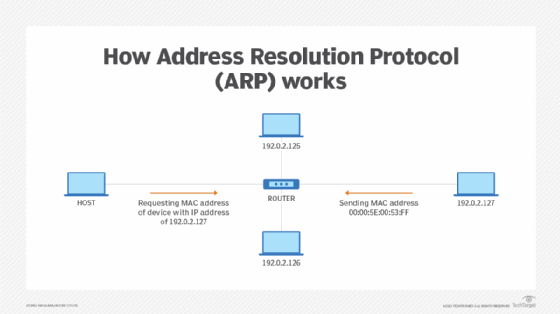


There are what are referenced to as "Powered Snakes". Sending high power speaker level(amp output) signals via a 22/24ga wire, typical in multicore cable, means you will loose a large portion of your signal due to the resistance and could very well turn that line into a toaster element! Don't do THAT! Some older or cheap snakes have unbalanced returns, that can pick up noise easier getting back to the power amps. send/returns can sometimes be jumbled by the web/catalog tech writers (Markertek did that a while back).Ī key item is that ALL the channels are balanced 3 wire types. Be real careful if ordering a snake, the number of channels vs. Assumption is that you send from the stage and then return to the stage where the amplifiers should be (ideally) near the speakers. The Send and Return is referenced from the stage (or stage box). Pull the fader all the way down and you stop the aux send too.Right in that cable is cable and can be used for whatever purpose you adapt the connectors to. If it's a post aux send, then the send signal stays relative to the fader.turn up the fader and you increase the send accordingly. So if you pull the fader all the way down on a vocal with an echo on it via a pre aux send, the echo is still there. If it's pre, then moving the fader up or down doesn't affect the signal going off to the effect. This refers to whether the signal is taken before or after the channel fader. Method 2 is usually used for dynamic processors, such as compressors, limiters, noise gates, expanders, duckers, etc.Īnother consideration with aux sends is whether they are pre or post. Method 1 is usually used for time based effects (as mentioned above) such as reverbs, echos, chorus, flange, etc. Most mixers these days combine insert out and insert in into one jack, using a TRS connector as a splitter of the unbalanced signal, and requiring a Y cable to convert it to two 1/4" unbalanced connections (send and return). 1: You take a portion of the signal via an aux send, it goes to a summing amp where it gets summed with other aux send signals, goes out the aux out jack and off to the processor(s), comes back from the processor(s) into the aux return jack or into an available channel, and finally gets summed onto the stereo buss.Ģ: You take the whole signal by interupting the signal path with an insert out, and send it off to a processor(s), then right back into the same channel via the insert in. Yes, there are two ways to apply effects to a channel on a traditional mixer.



 0 kommentar(er)
0 kommentar(er)
